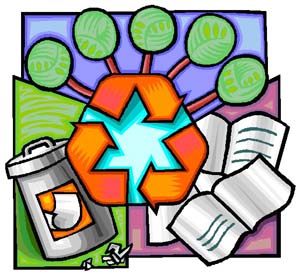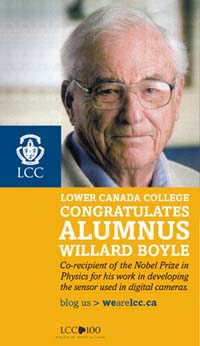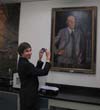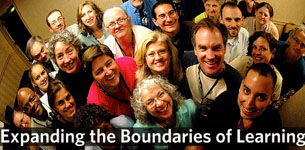 The sustainability committee is proving to be a very useful clearing-house for ideas on how to make our operations at the School more efficient. There are many different points of view and it’s a good reminder (for me at least) that there are many different reasons why people want to help reduce our impact on the environment.
The sustainability committee is proving to be a very useful clearing-house for ideas on how to make our operations at the School more efficient. There are many different points of view and it’s a good reminder (for me at least) that there are many different reasons why people want to help reduce our impact on the environment.
The one point that I really love is efficiency. This particular idea gets the most die-hard skeptics on board in most cases. It’s just about impossible to make a reasoned case for inefficiency. Even people that couldn’t care less about what happens to their garbage or why they should not idle their cars, understand why paying for garbage pickup is silly if we can compost 65% of our solid waste (food) and make fertilizer for the gardens around the school to avoid paying for manure each spring.
Part of the reason why I like working at LCC is that fighting this battle isn’t even an issue. The maintenance staff gets it. Resource management is their game and I don’t have to make a case. The rest of our campus resource users (i.e., students and staff) need to come on board. Like many other members of our society, we are too accustomed to wasting for the sake of convenience. The world can ill-afford our laziness.
—Chris Olive, LCC faculty Member & Green Team Liaison

 Many schools can boast producing Rhodes Scholars or Olympic athletes. But it is not often that a school has the distinction of including a Nobel laureate among the ranks of its alumni.
Many schools can boast producing Rhodes Scholars or Olympic athletes. But it is not often that a school has the distinction of including a Nobel laureate among the ranks of its alumni.
 À la fin juillet, j’ai eu la chance de participer au congrès d’Alan November mieux connu sous la banière BLC (Building Learning Communities).
À la fin juillet, j’ai eu la chance de participer au congrès d’Alan November mieux connu sous la banière BLC (Building Learning Communities).